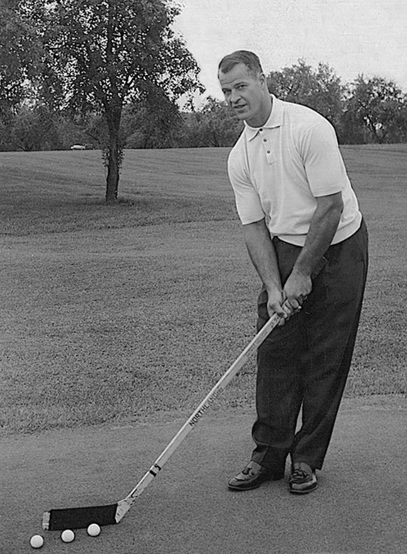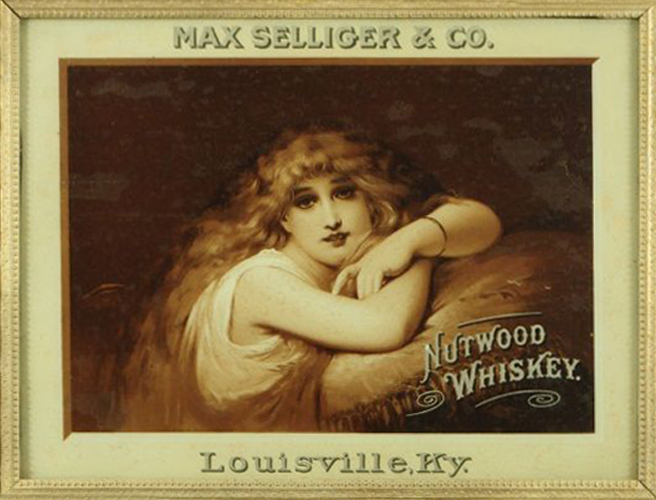
I could not help but wonder about the elfin character who appeared in vintage photos recently shared by Bill Hecht. A girls’ basketball coach who appeared to be shorter than his players, a scout master who was smaller than some of his scouts. As it turns out, this dynamo was Irving Noakes, a tireless organizer and physical training advocate, for many years the athletic director of the Skaneateles schools and coach of just about everything.

Born in a log cabin (really) in 1886, on the shores of Lake Erie, Noakes grew up in Niagara Falls, N.Y. Among his many youthful occupations was a stint as a cabin boy on the Maid of the Mist. When he was 15, his family moved to Cleveland; he played basketball and baseball, worked odd jobs in the Midwest, attending the nearest college or night school along the way. In 1915, he returned to New York to become the physical director at the Auburn YMCA.
In 1917, he came to Skaneateles. He coached both the Skaneateles and Marcellus football teams, giving each one 2 1/2 days of the week. I have no idea what he did when they played one another, but, as of 1925, Marcellus had won five of their nine meetings, and the 1921 league championship. On the diamond, Noakes’ Skaneateles baseball team won the 1929 county championship.
In 1930, Noakes left Skaneateles to head the Athletic Department at Phoenix High School, but continued to summer each year at his home in Mandana. He retired in 1952 and the following year was honored by 150 of his former players with a banquet at the Skaneateles Country Club.
Noakes died at his Mandana home in 1958. His obituary noted, “Mr. Noake’s ability as a coach and his congenial and friendly manner as a person added a luster to his name that will long be remembered among followers of sports in Skaneateles.”
* * *
Photos courtesy of the Skaneateles Historical Society, scans by Bill Hecht. Scout photo by E.L. Clark. Back row, left to right: Thomas “Toby” Rice, Kent Bradford, Francis “Mearsey” Mear, John “Johnnie” Rice, Donald “Spider” O’Neil. Front row: Robert “Bob” Horne, Donald “Don” Torrey, and Mr. Noakes.
“Noakes Is Coach of Two Schoolboy Football Teams,” Syracuse Journal, October 31, 1925
“Noakes Rites Held. His Varied Career Recalled Here.” Skaneateles Press, September 3, 1958









